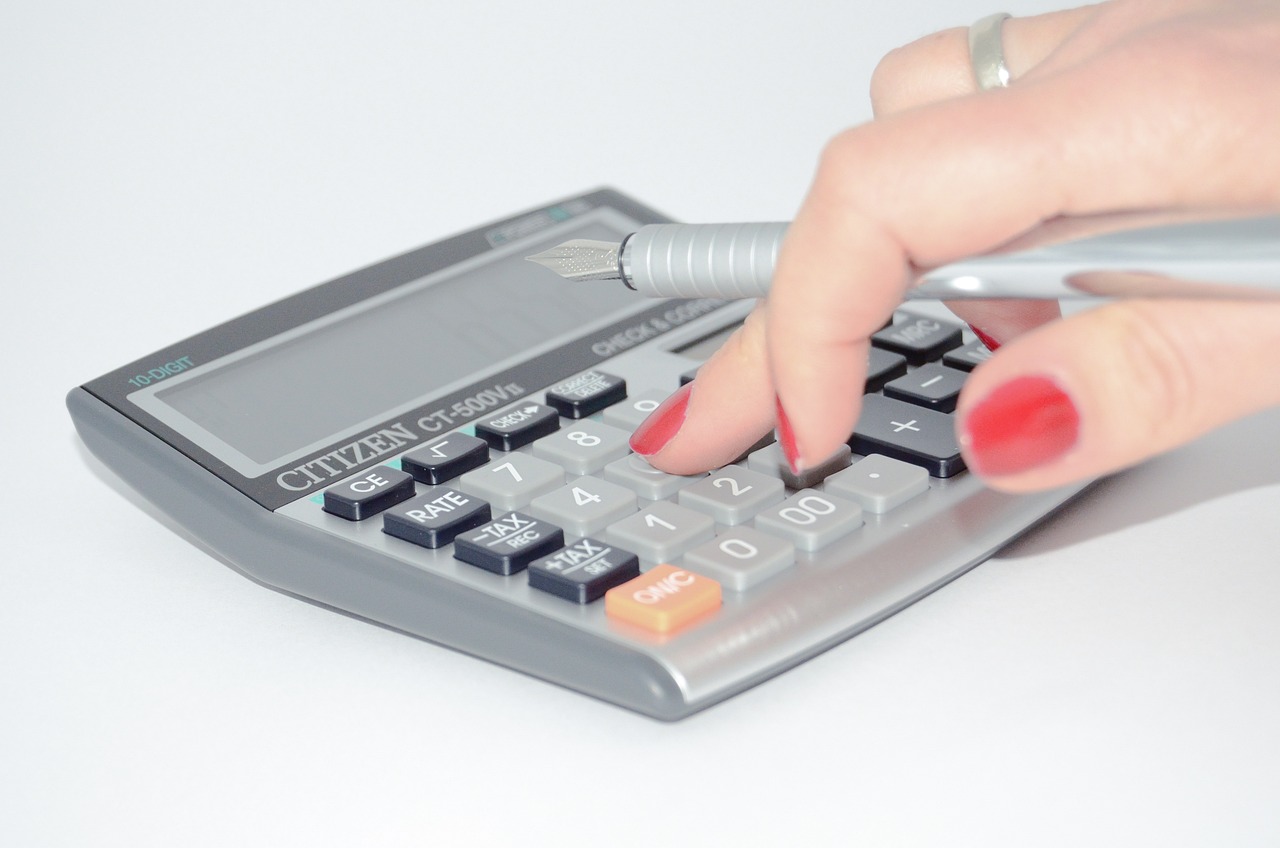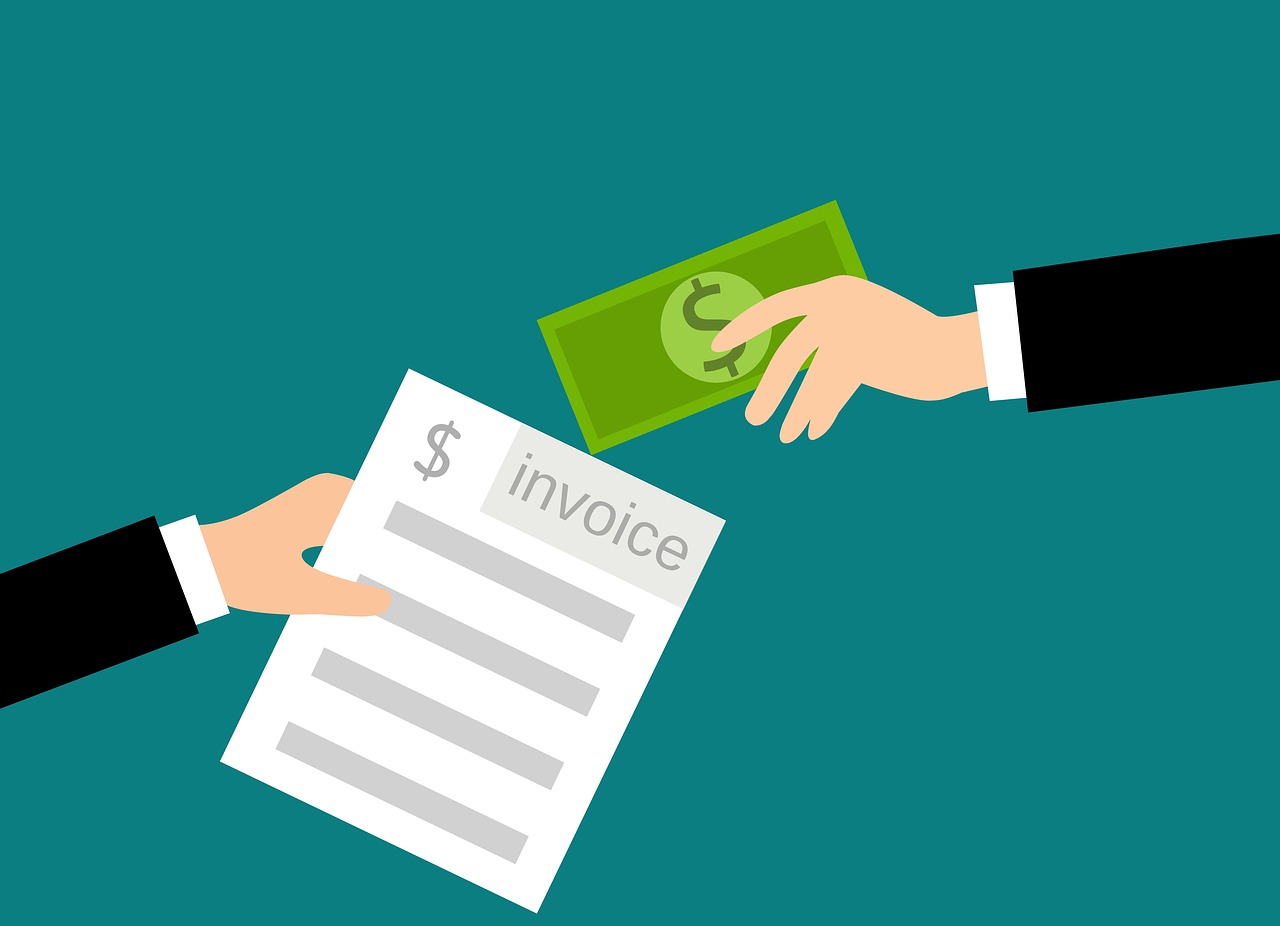How to Fill Out a Rent Receipt (With Example)
When it comes to rental properties, maintaining clear and accurate records is crucial. One important document is the rent receipt, which serves as proof of payment for tenants and helps landlords keep track of their rental income. In this guide, we’ll take you through the process of how to accurately fill out a rent receipt, step by step, with a real-life example included.
The Significance of Accurately Filling Out Rent Receipts
In the world of rentals, the devil is in the details. Having clearly filled out rent receipts can make a significant difference in multiple aspects of the landlord-tenant relationship. Let’s delve into why it’s so important to accurately fill out these receipts and the potential impacts it can have.

Ensuring Proof of Payment and Legal Protection
A well-documented rent receipt is more than just a piece of paper; it’s legal protection. It is concrete proof that a tenant made a payment towards their rent. This seemingly simple document is actually an essential tool for dispute resolution. In case of any disagreements about whether a payment was made or not, the rent receipt is the first line of defense.
For example, if a tenant claims to have paid the rent but the landlord has no record of it in their rent receipt book, a dispute can easily escalate. However, if the landlord provides a receipt at the time of payment, this potential conflict can be prevented. It’s crucial to fill out the rent receipt accurately and comprehensively, documenting the exact amount paid, the date, the payment method, and other essential details.
Promoting Clarity in the Landlord-Tenant Relationship
The accurate and consistent use of rent receipts can also improve the clarity and transparency of the landlord-tenant relationship. These receipts clearly indicate the amount of rent paid, the date of payment, and any outstanding balance. Not only does it help to keep the tenant informed about their payments but also allows the landlord to maintain a well-organized record of rental income.
Furthermore, it can instill a sense of trust between the tenant and landlord. When the tenant sees that their landlord is organized, punctual, and transparent with payments, it fosters a sense of professionalism and respect in the relationship. This, in turn, can contribute to a smoother rental experience for both parties.
Therefore, the role of a properly filled-out rent receipt should not be underestimated. It can be a key factor in maintaining legal safety, ensuring transparency, and fostering a positive rental relationship.

A Step-by-Step Guide to Filling Out Your Rent Receipt
Being a landlord involves a considerable amount of paperwork, including maintaining a rent receipt book for record-keeping purposes. To help ease that burden, we’ve broken down the process of filling out a rent receipt into manageable steps. With our guide and the Saldo Invoice
generator tool at your fingertips, creating accurate rent receipts is a breeze.
Preparing: Information to Gather
Before you begin filling out your rent receipt, it’s important to have all the necessary information at hand. This ensures that the process goes smoothly and that all the essential details are accurately recorded. Here is a list of the details you need:
- Tenant’s full name;
- Rental property address;
- Payment date;
- Payment method (cash, check, electronic transfer, etc.);
- Payment amount;
- Period that the payment covers;
- Outstanding balance, if any;
- Your name and contact information as the landlord.
Executing: Filling Out the Receipt Details
With all your information gathered, it’s time to fill out the rent receipt. This task is simple and straightforward, especially when using our step-by-step guide and pre-made invoice templates. Here’s what to do:
- Start by entering your tenant’s name and rental property address at the top of the receipt.
- Next, record the date of payment. It’s crucial to have the exact date for accurate record-keeping and legal protection.
- Indicate the payment method used by the tenant.
- Clearly state the payment amount in your chosen currency. Make sure to write the amount in words and figures for extra clarity.
- Indicate the rental period that this payment covers.
- If there is an outstanding balance, be sure to include it as well.
- As the landlord, include your name and contact information at the bottom of the receipt.
Ensure you save or print two copies – one for your tenant and one for your records. For ease and professionalism, you can make use of the variety of
invoice templates to create your receipts. This helps maintain consistency and saves you the hassle of starting from scratch each time.
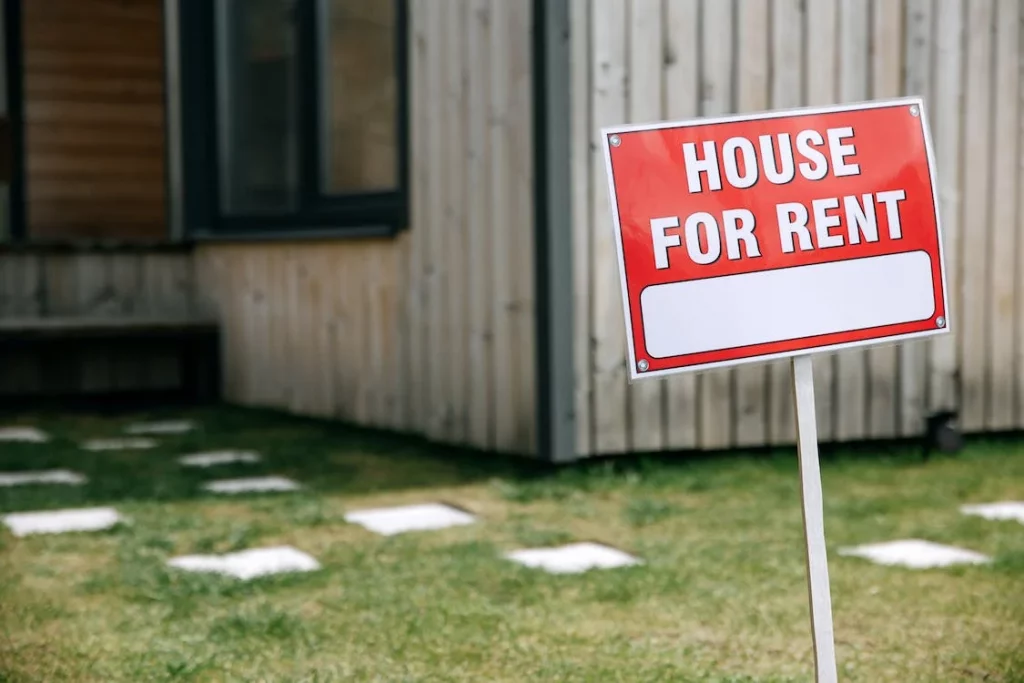
Deciphering the Key Information to Include in Your Rent Receipt
Knowing what information to include on your rent receipt is crucial. Every piece of data serves a specific purpose, and missing one can result in misunderstanding and inaccuracies. To help you understand better, we’re going to delve into why each piece of information is necessary and its significance to the receipt.
The Fundamentals: Date, Amount, and Time
To start, let’s explore the fundamentals – “date”, “amount”, and “time.”
- Date: The date on a rent receipt refers to the day the payment was made. This is critical for tracking payments and ensuring timely rent collection. It’s also the date that validates the transaction, providing a timeline in case of disputes.
- Amount: The amount refers to how much the tenant paid towards their rent. This should be clearly and accurately stated to avoid confusion about how much was paid or is still owed.
- Time: The time of payment is usually less common in rent receipts but can be useful in certain circumstances, such as when payments are made in person. This can provide extra detail about when the transaction took place.
Remember, the more detailed and accurate your rent receipt is, the better it serves as a legal document and record of payment.
Going Deeper: Tenant Information and Rental Agreement
While the basic elements are crucial, additional details further validate the receipt and provide comprehensive records. Here, we’re focusing on “tenant information” and “rental agreement.”
- Tenant Information: The tenant’s full name and property address are vital. This data ensures the payment is associated with the correct tenant and rental unit. It is especially important for landlords or property managers who handle multiple properties or tenants.
- Rental Agreement: Although the rental agreement or lease details aren’t usually included in the rent receipt, referencing them can be beneficial. It can clarify which terms of the lease the payment applies to (e.g., monthly rent, security deposit, late fees, etc.).

Including these elements in the rent receipt ensures comprehensive record-keeping and protects both parties involved. To ensure you’re covering all bases, check out our
rental invoice template as a guide.
A Real-Life Example of a Properly Filled-Out Rent Receipt
Understanding how to fill out a rent receipt is crucial, but seeing a practical example can truly cement your knowledge. That’s why we’ve prepared an example of a properly filled-out rent receipt. This practical illustration can serve as your guide to creating your own receipts, ensuring accuracy and professionalism.
Decoding the Example
In our example, you’ll find a neatly filled-out receipt containing all the essential information we’ve discussed:
- Landlord’s name and contact details;
- Tenant’s name and property address;
- Date of payment;
- Payment method;
- Amount paid;
- Rental period covered by the payment;
- Balance due, if any.
Each entry is clearly and precisely written, leaving no room for confusion. The amount paid is written both in numbers and words, providing extra clarity. Any additional notes or details regarding the payment are included at the end of the receipt. This can be a space to note down any issues or points of discussion that arose during the transaction.
Your Roadmap to Flawless Rent Receipts
Embarking on the journey of being a landlord is made easier with tools like this comprehensive guide to rent receipts. Understanding the significance of these receipts, knowing how to fill them accurately, and learning about the key information to include, you’re now prepared to handle this aspect of rental management like a pro. And remember,
Saldo Invoice is here to simplify the process even further. Go ahead and start generating your rent receipts today!
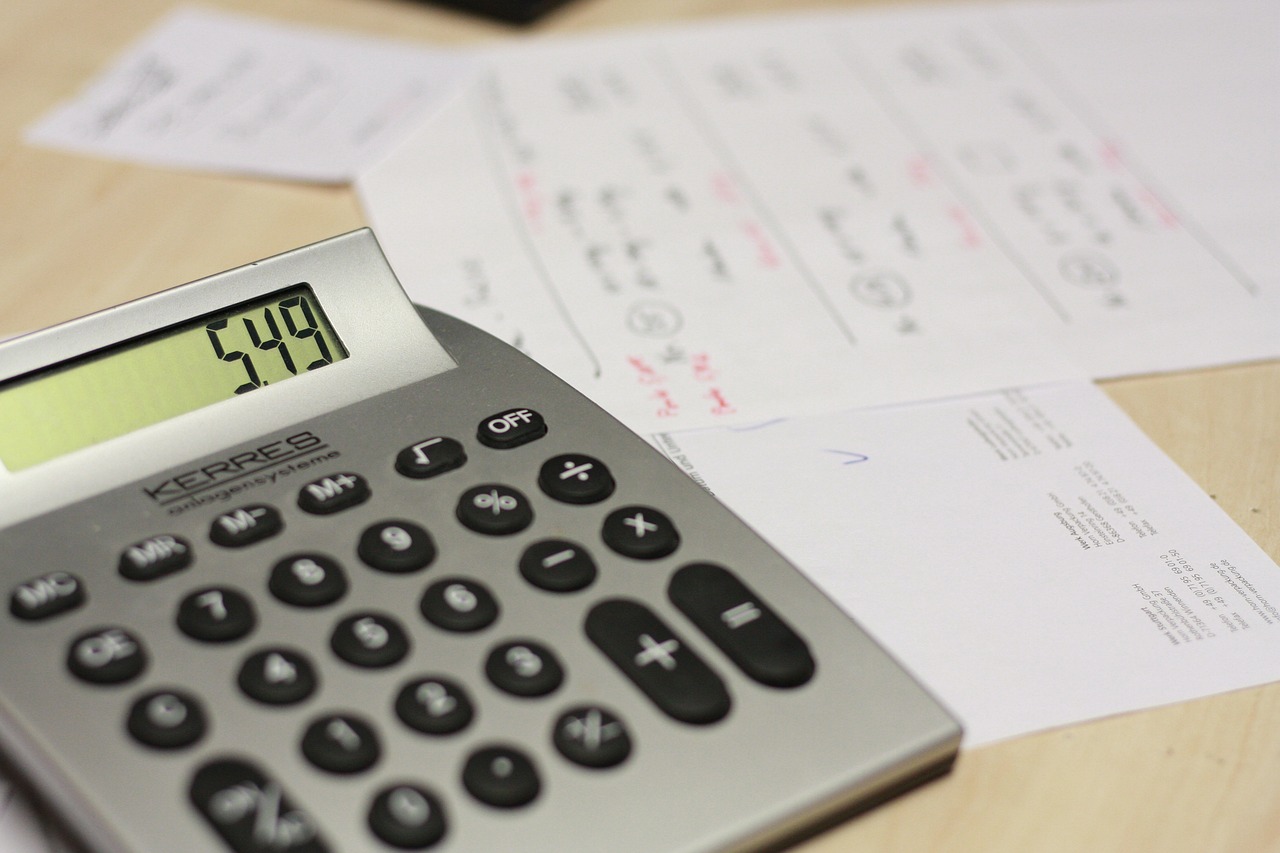
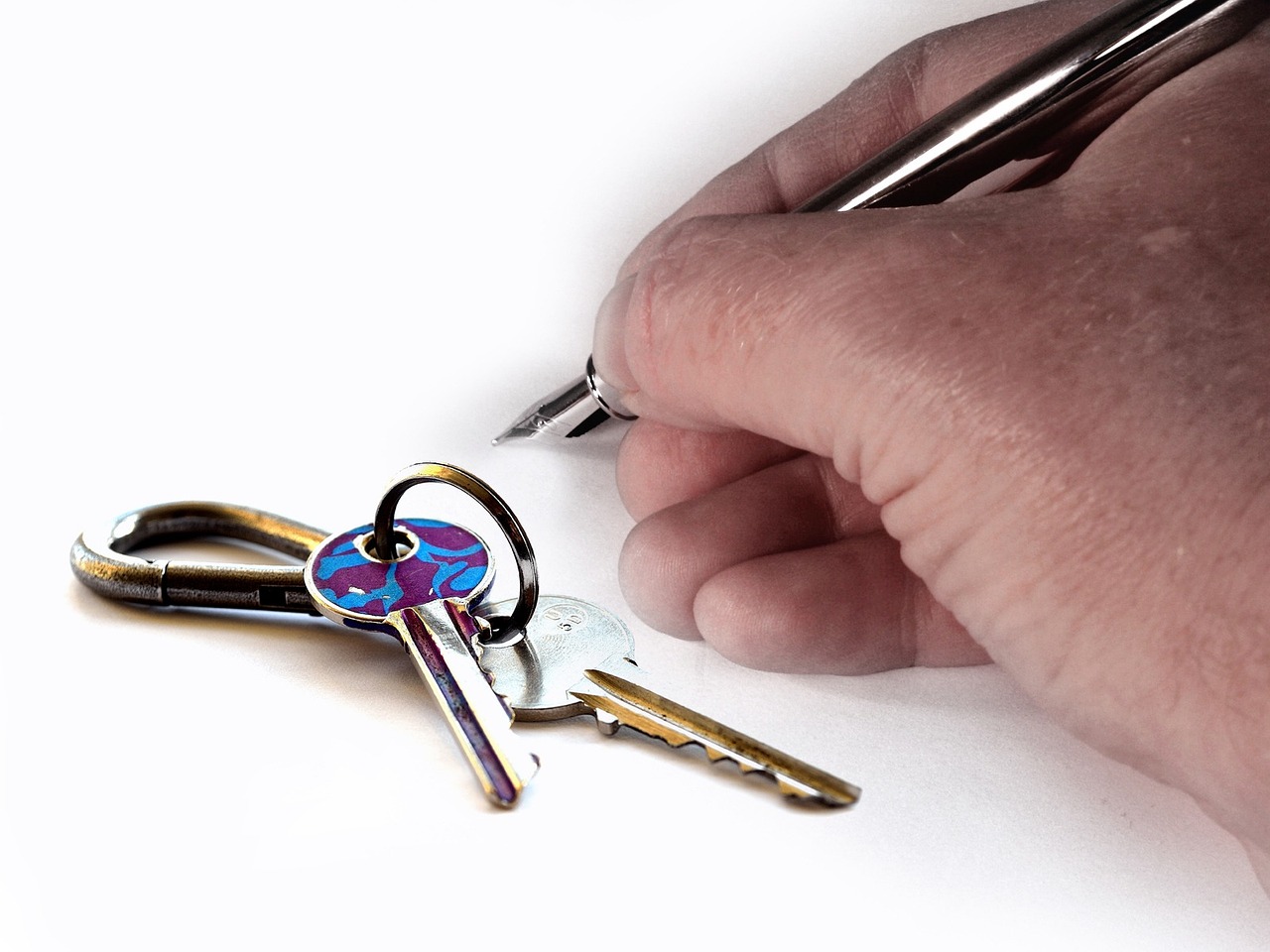



 Including these elements in the rent receipt ensures comprehensive record-keeping and protects both parties involved. To ensure you’re covering all bases, check out our rental invoice template as a guide.
Including these elements in the rent receipt ensures comprehensive record-keeping and protects both parties involved. To ensure you’re covering all bases, check out our rental invoice template as a guide.

